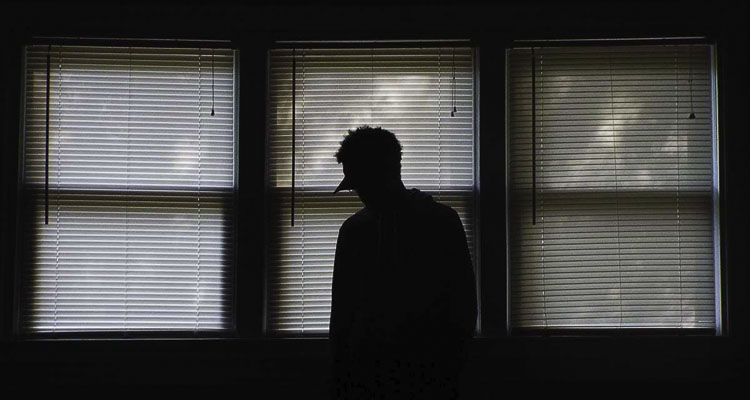Washington State Department of Health officials encourage adults to know serious signs and how to respond
New data from the Washington State Department of Health’s (DOH) behavioral health group indicates that more young people are seeking medical help in instances of emotional distress. State health officials are asking families, educators, mentors, and youth advocates to know the warning signs that signal when a child or teen is in crisis, and to talk with a healthcare or primary care provider for behavioral health support resources. This guidance comes at the heels of a public advisory and 53-page report from the U.S. surgeon general on the importance of protecting youth mental health, and the “devastating” mental health impacts as a result of the pandemic.

Based on early data gathered by DOH, the number of youth ranging in age from 5–17 seeking emergency medical assistance for suicidal ideation, suspected suicide attempts, psychological distress, and suspected overdoses has increased over the last several months. Syndromic surveillance data like this may not reflect the true magnitude and direction of behavioral health trends. However, it provides key insight toward current and future mental health trends for specific population groups in the state.
Emergency Departments (ED) across the state are also reporting that significant percentages of their ED capacity are for youth who are there for behavioral health crises. This includes youth in acute beds, creating flow and capacity issues for hospital systems. Further, because the delta variant triggered a repeat of the many impacts initially experienced at the start of the pandemic, we may be experiencing a “secondary disillusionment” phase over the next few months. For many children and youth specifically, the secondary disillusionment phase is occurring alongside significant school, family, and social stressors.
“The COVID-19 pandemic has had serious negative impacts on youth behavioral health, in part because of the disruptions it has caused in family, academic, and social life,” said Dr. Tao Sheng Kwan-Gett, Chief Science Officer for the Washington State Department of Health. “Some common symptoms include social withdrawal, problems at school, and challenging behaviors at home.”
“Be aware of abrupt or significant changes in behavior that may signal that additional behavioral health support is needed,” said Dr. Kira Mauseth, co-lead for the behavioral health strike team at DOH. “Acting out – or expressing distress externally, with aggression – and impulsive or dangerous behaviors can be a strong indicator of distress. On the other end of the behavioral spectrum, acting in – or isolation and withdrawal from typical activities – can also be a warning sign that youth are struggling.”
We all play a key role in supporting the behavioral and emotional wellbeing of our children and youth. Here are things you can do:
- Check in with your friends and family members. It is a good idea to see how people are doing, and if you have the emotional capacity to support them, engage in active listening to learn more about how they are doing and what they are experiencing. Active listening is listening to another person for the purpose of understanding their experience and expressing care – you aren’t trying to fix anything or solve a problem. Start by asking open ended questions (i.e. What emotions are coming up for you? How did that event make you feel?) and focus on increasing your understanding of their experiences.
- Ask gently, but directly, about suicidal thinking or behaviors. Asking a youth doesn’t increase their risk but reduces their risk because it helps that person get the support they need.
- Talk to your primary care provider. They can lead you into next steps as needed.
- Adopt healthy habits. Support your youth or teen in adopting healthy sleep habits, good nutrition, and regular exercise.
- Practice and encourage ‘active coping.’ Avoiding things that make us anxious tends to make the anxiety worse. Work with children and youth to safely express their concerns. Start by supporting them in creating, and then using a list of ‘go-to’ coping skills that work for them. Examples can include spending time outside, baking, listening to music, watching a favorite show or doing something kind for a neighbor.
- Visit coronavirus.wa.gov/wellbeing for crisis support and self-care resources for you and the people you care about. It includes links to help lines such as Teen Link, WA Listens, Crisis Text Line, and the Suicide Prevention Lifeline.
- Visit A Mindful State for additional resources, tips, and personal stories from leading mental health experts in the state and community members working through the emotional health consequences of the pandemic.
The DOH website is your source for a healthy dose of information. Find us on Facebook and follow us on Twitter. Sign up for the DOH blog, Public Health Connection.
Information provided by Washington State Department of Health.




